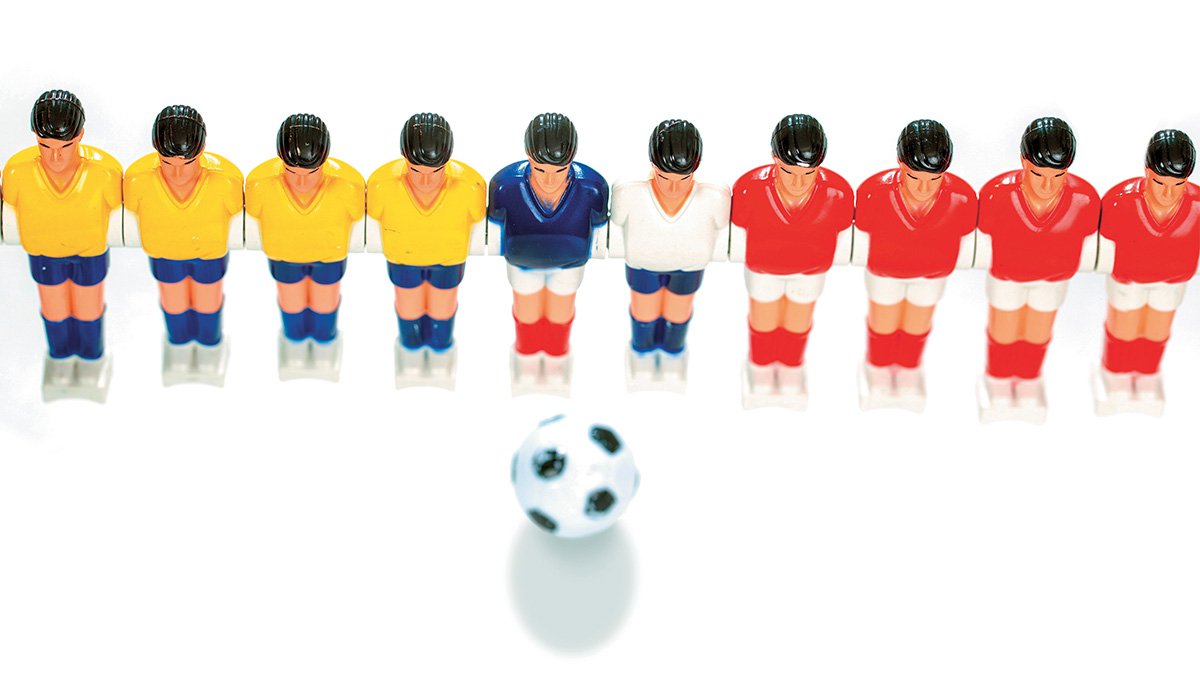The Threat Induced by Stereotypes
Read the italian version of the articol (HERE)

Although belonging to a stigmatized social group presents individuals with clear advantages–think, for example, of the possibility of protecting one’s self-esteem by attributing negative feedback to other people’s prejudice–it is undeniable that this belonging brings with it a series of unpleasant psychological consequences. Twenty years ago, a group of American researchers began to systematically investigate the implications of feeling the burden of a label, showing that the act of making a negative group stereotype salient provokes, in those who are part of it, not only the fear of confirming the content of the stereotype itself, but also, in most cases, the prompt occurrence of what was feared (Steele and Aronson, 1995). By “making a stereotype salient,” we mean the act of recalling the existence of a specific stereotype in a given situation. Being aware of the stereotype that the Genoese are stingy, for instance, will have no particular influence on them unless in a specific context this stereotype is called into question–not necessarily explicitly. In short, we could say this is an authentic burden, that even those who should consider that social belief untrue or completely unfounded are forced to bear. African American psychologist James Jones describes waiting to use an ATM and wondering if the woman using it is afraid he might rob her. Having no intention of doing so, he asks himself how and if he could put her at ease. Of course, it might be that she’s not actually afraid, but the thought nonetheless crosses his mind. (Jones, 1997, p. 262). Jones reminds us that we cannot shake off that mental content that we know is widely shared within our community, of all those identities which inhabit us and that inevitably influence our and others’ thoughts, emotional experiences and behaviors.
The results of multiple laboratory studies, including some conducted in Italy, show that activating the negative stereotype relating to a specific group produces immediate effects on those within it. Typically, it has been observed that introducing a task as a diagnostic of intellectual abilities worsens performance in members of the groups stigmatized in that domain, namely the elderly, blacks, or individuals from disadvantaged socio-economic backgrounds. Similar results have been found on various samples of women: in these cases, the drop in performance is recorded in math tests and is attributable to the triggering of the stereotype which, in this sphere, sees them at a disadvantage compared to men.
However, most concerning are the long-term consequences linked to social belonging. This is particularly true for individuals who identify most closely with the area to which the group stereotype applies; that is, those who, by virtue of strong skills and confidence in their own abilities, have managed to identify with that domain in spite of the stereotype’s influence. What can easily happen to these people is a progressive modification of the concept of self in response to the feeling of “threat” they continuously experience. Essentially, they defend themselves by resorting to the mechanism of disidentification. But as they try to preserve their self-esteem, they lose motivation and interest. Returning to the data concerning women and the mathematical field, it cannot be excluded that their scarce presence in the technical and scientific sectors to date can be at least partly attributed to a widespread social belief that discourages the development of skills and sound self-efficacy in that area and, subsequently, identification processes.
The risks of a drop in performance and of disidentification therefore concern us all: indeed, the unpleasant feeling of threat induced by the stereotype can affect the members of any group against which there is a negative belief–it’s the intensity of the threat that changes, if anything, depending on the content and extent of the stereotype. In other words, we can all be victims of our social belonging at any time (linked to gender, age, or skin color, as we have seen, but also to our profession, region of origin, sexual orientation, etcetera). Worse: regardless of the group to which one belongs, it has been shown that pressurized conditions such as receiving false feedback on the reduced abilities of members of one’s group in a specific domain is enough for people to feel threatened, with a consequent decline in performance.
Given that little can be done to prevent external pressures, and even less to eliminate beliefs about various social groups, it would certainly be appropriate to equip ourselves psychologically so as to mitigate the serious consequences already outlined. In this regard, discoveries from social psychology labs help us. Although knowledge of the phenomenon is a good starting point in combatting the threat posed by stereotypes, defensive strategies proven to be effective consist in focusing attention on commonalities (rather than on differences) between groups, in providing people with successful models (figures in their group who achieved significant goals even in areas other than that affected by the stereotype) or in viewing the group as a diverse and heterogeneous set of individuals, rather than as a single entity made up of similar people with common goals. Having recourse to at least one of these strategies would mean reducing both the psychological burden derived from perceiving oneself as constantly under scrutiny, and the likelihood that the group’s stereotype content becomes a real prophecy.
Philip Zimbardo & Piero Bocchiaro
REFERENCES
J. M. Jones, Prejudice and Racism (New York: McGraw-Hill, 1997).
C. M. Steele, J. Aronson, “Stereotype threat and the intellectual test performance of African Americans,” Journal of Personality and Social Psychology 69 (1995) 797-811.

Questo articolo è di ed è presente nel numero 263 della rivista. Consulta la pagina dedicata alla rivista per trovare gli altri articoli presenti in questo numero. Clicca qui


